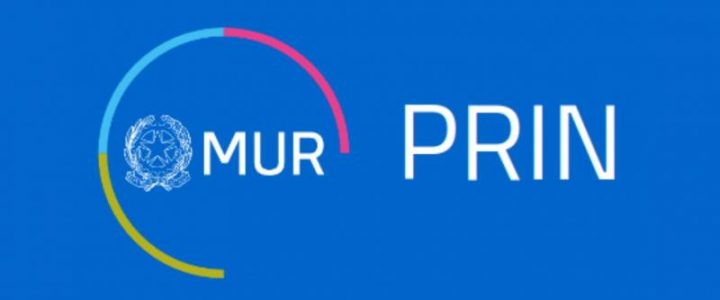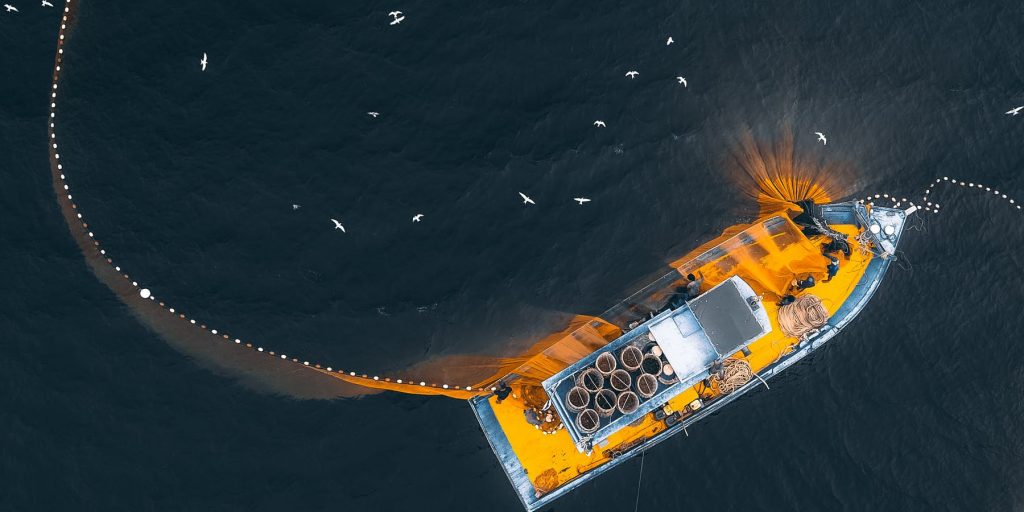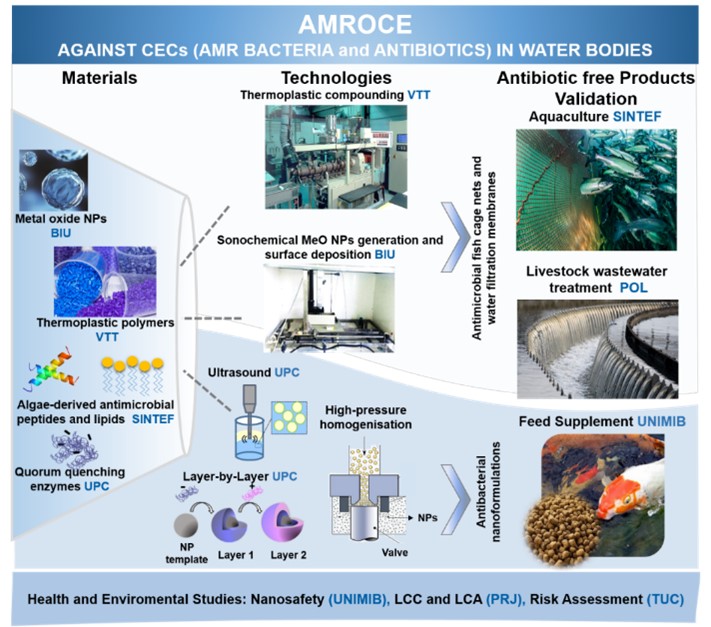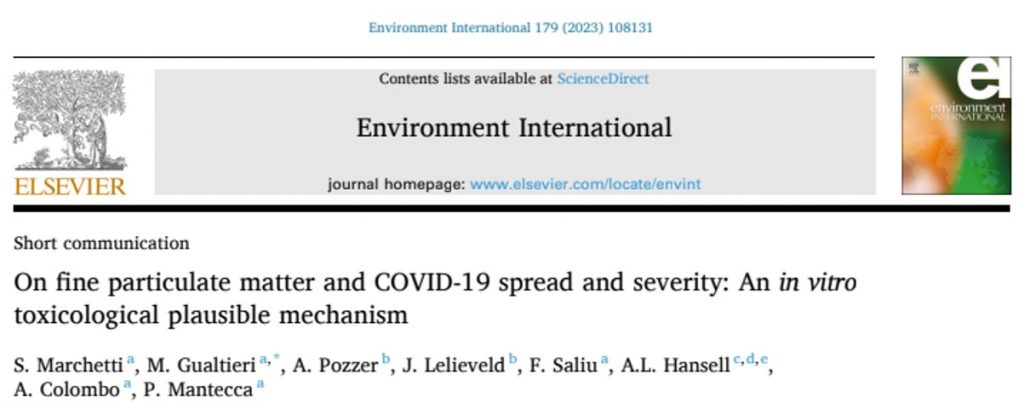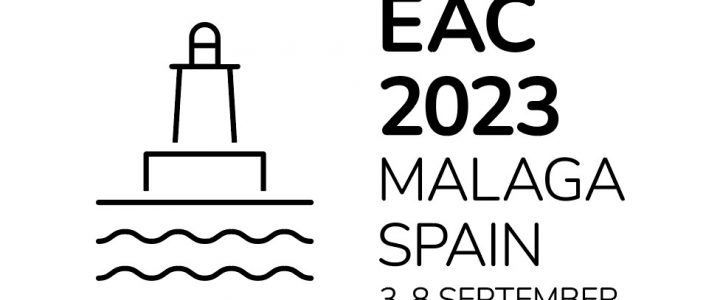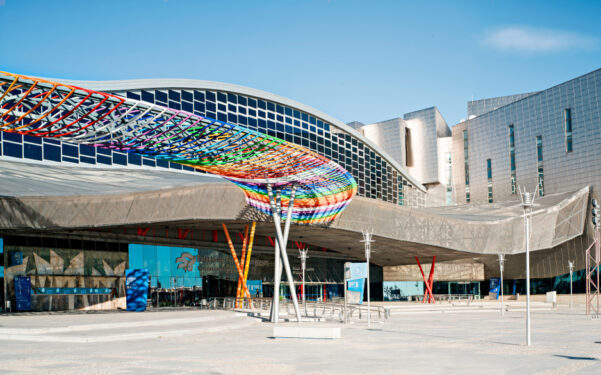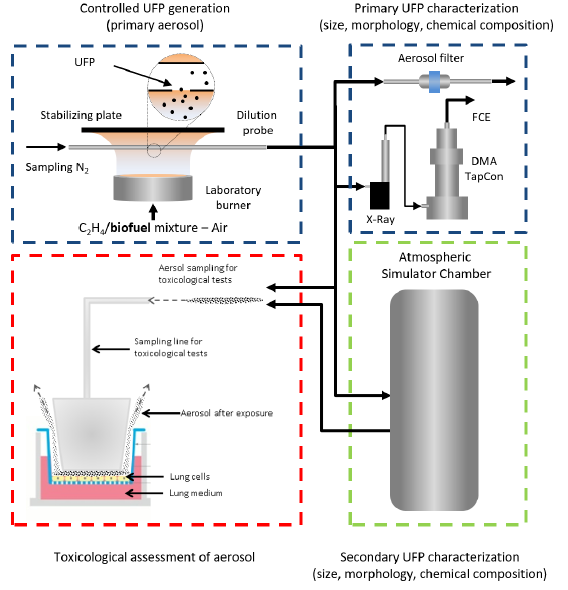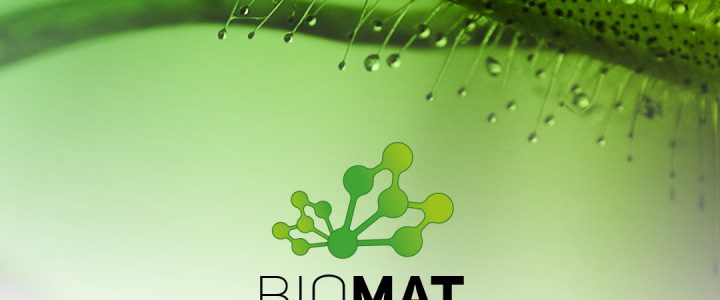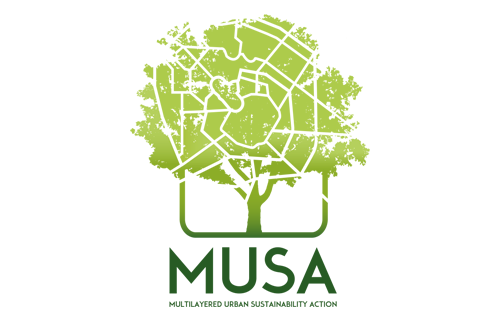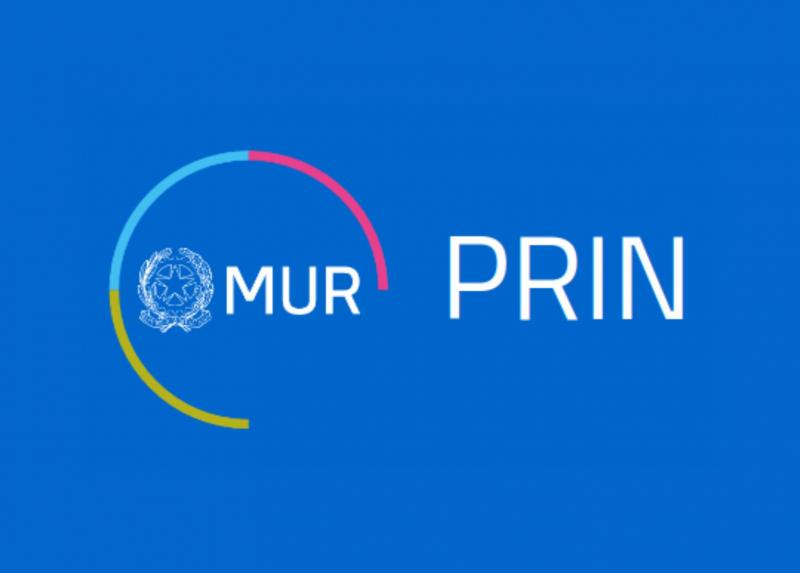AMYGING – Holistically sustainable multi-modal β-amyloid imaging
AMYGING will demonstrate in a zebrafish embryo model that natural polyphenol-based carrier systems hold great potential as natural actives useful to form the basis of a highly modular amyloid imaging toolbox suitable for in vivo MRI and difference-fluorescence imaging.
Out-of-the-box approaches for combining traditional amyloid-sensing structures with insights from nanotechnology, molecular electronics and inherent characteristics of natural polyphenols allow for the simultaneous realization of multimodal imaging probes.
AMYGING aims at the implementation of a screening platform for highly sensitive detection of misfolded Aβ-oligomers in the cerebrospinal fluid of Alzheimer’s Disease patients via tunable nanoparticles (NPs). These NPs comprise a core of natural condensed polyphenolic (PNPs) structure complexing gadolinium ions and an outer layer of PNPs that are functionalized with amyloid-sensing small actives (ASSAs), a combination which leads to effectively increased contrast agent concentration in the immediate proximity of Aβ-oligomers for optimum bimodal imaging.
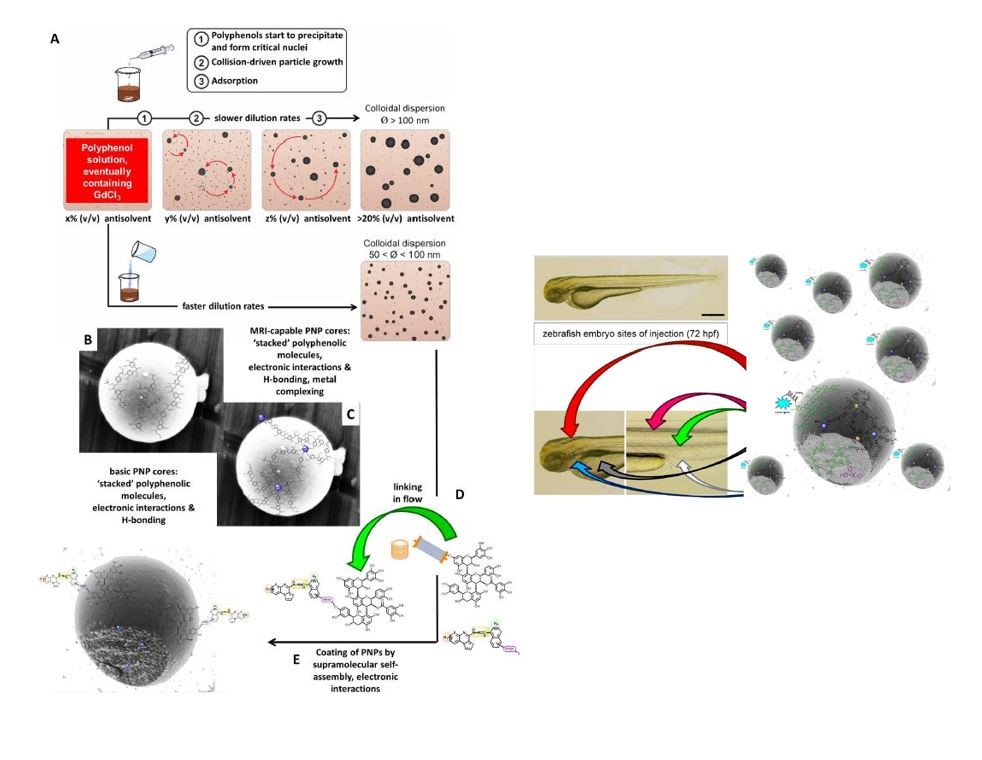
Call: PRIN2022
Grant Agreement: 202295845T
Project Coordinator: Margherita Brindisi (UNINA)
UNIMIB WP leader: Heiko Lange (WP2 Leader), Anita Colombo (WP3 Leader)

